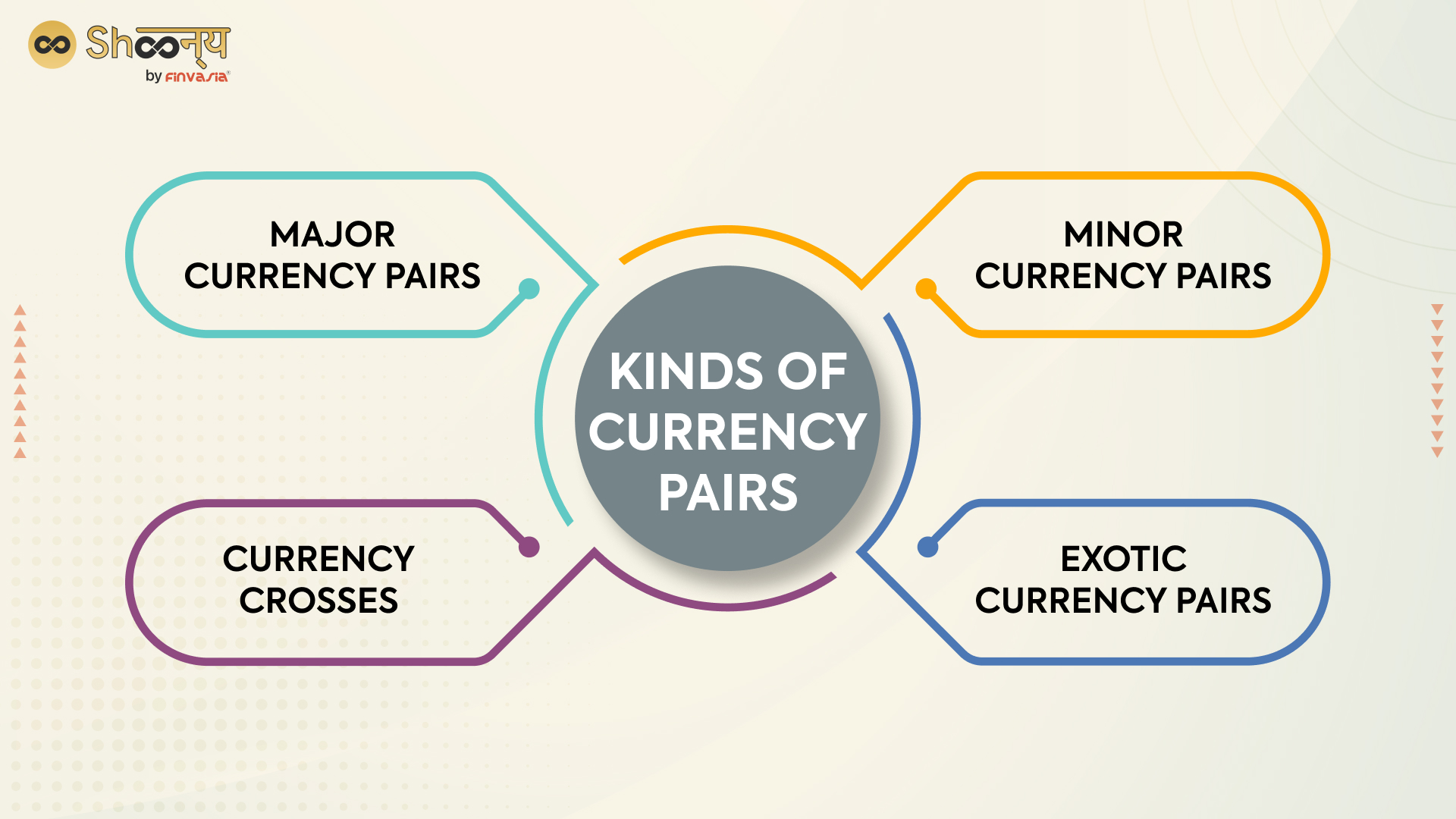Understanding Currency Pairs and Their Trading Procedure in India

Have you ever thought about why the mentions of USD rates take an important place in the discussions of the economy of the country?
The traders who trade in currency pairs take advantage of the rise or fall in the prices and earn profits.
These rates might not be useful for you know. But after reading this article you too will start taking interest in the fluctuations in the currency rates.
Let’s understand the currency pairs and their trading in India.
What are the currency pairs?
In the currency pair, the price of one currency is quoted against the other. The currency on the left side of the slash is known as the base currency and the right one is the benchmark currency known as the quote currency.
For example, USD\EUR
It shows how much EUR is required to buy one unit of USD.
The currency pairs that are allowed to be traded in India are USD-INR, EUR-INR, GBP-INR, JPY-INR, EUR-USD, GBP-USD, and JPY-USD.
Kinds of Currency pairs

In India, there are currently four categories of Currency pairs:
- Major Currency pairs:
The major currency pairs include the highest-traded currencies with the highest liquidity. Another major characteristic is, it includes USD as one currency.
The major currency pairs in India are:
- EUR-USD
- USD-JPY
- GBP-USD
- Minor Currency pairs:
The minor currency pairs are different from the major currency pairs in terms of- it includes the second most traded currency pairs and secondly it doesn’t include USD as one of the currency in the pair.
- GBP-CAD
- EUR-AUD
- NZD-JPY
- Currency Crosses:
Typically, a cross-currency pair excludes the USD and instead contains the EUR, GBP, and JPY.
Depending on the base currency it contains, each currency cross has a prefix.
For instance, a GBP Cross is a trading pair with GBP as the base.
- EUR-INR
- GBP-INR
- JPY-INR
- Exotic Currency pairs:
Exotic currency pairs include both the base and the quote currency from the developing nations. It means that these currency pairs lack trade volume as well as liquidity as these are not traded so frequently in the market.
- AUD-PLN
- AUD-NOK
- AUD-SEK
Here a question raises, After knowing what are the currency pairs and their kinds. How you can start trading the currency pairs.
Trading in Currency pairs
To begin your trading journey in currency pairs in India, you need to open a trading account. Thereafter, you have to choose one registered broker for your trades, the most important consideration is to choose the broker wisely as their services and strategies have a major impact on your trades.
After completing the selection process, now to complete your account opening with the broker you have to undergo the KYC procedure. Check out the easiest KYC procedure on Shoonya.
After your account has been opened, you can transfer funds to start trading forex pairs like EUR-INR, EUR-USD, USD-INR, USD-JPY, and more. Here’s how to fund your trading account.
Happy trading!
FAQs
Yes, you can trade currency pairs through the forex market, which operates 24 hours a day, five days a week.
Currency pair movements are influenced by economic indicators, central bank policies, political events, and global economic trends.
In India, the major currency pairs include, Indian Currency Pairs- USD-INR, EUR-INR, GBP-INR, JPY-INR and Cross Currency Pairs- EUR-USD, GBP-USD, and USD-JPY.
Currency pairs represent the relative value of one currency against another in the forex market. The first currency is the base, and the second is the quote. The exchange rate shows how much of the quote currency is needed to buy one unit of the base currency.
Yes, forex trading is legal in India, but it is subject to certain regulations and restrictions imposed by the Reserve Bank of India (RBI).
______________________________________________________________________________________
Disclaimer: Investments in the securities market are subject to market risks; read all the related documents carefully before investing.








